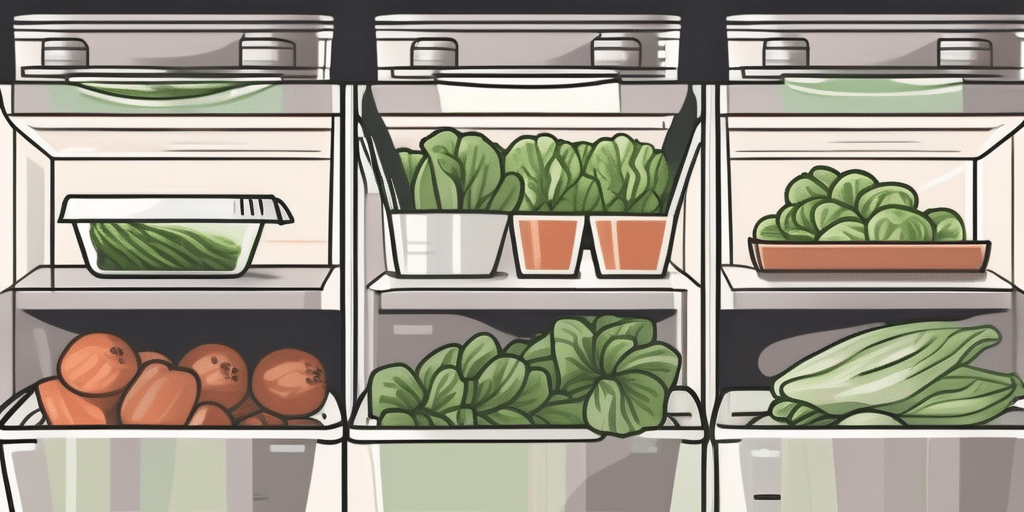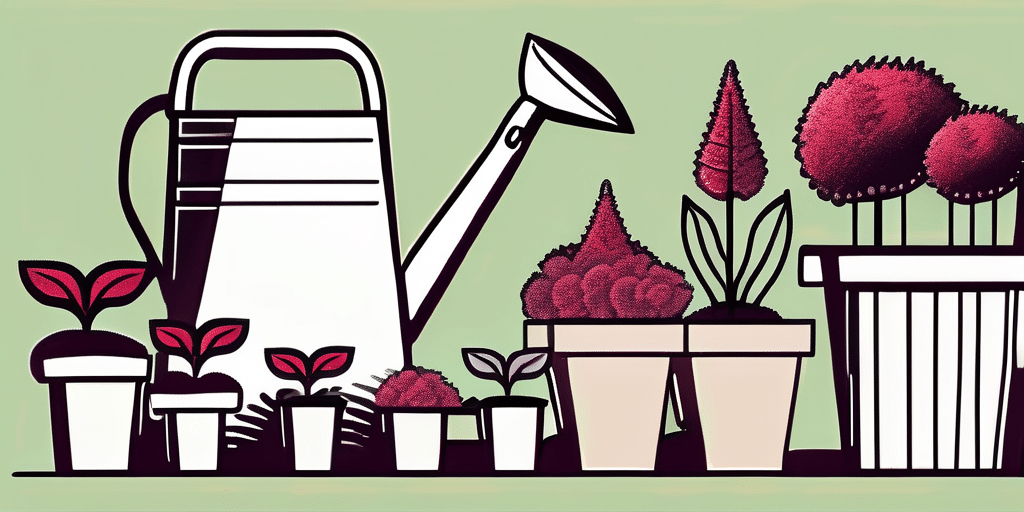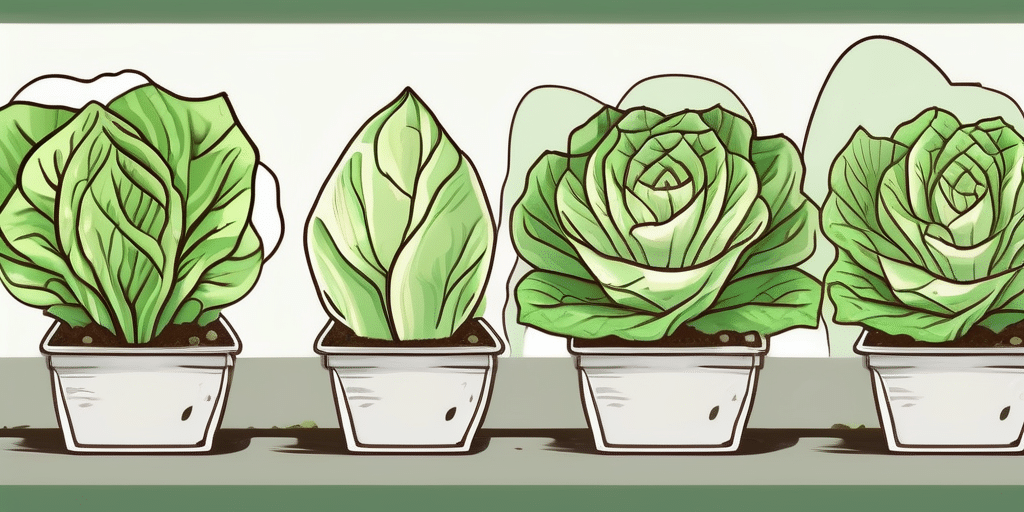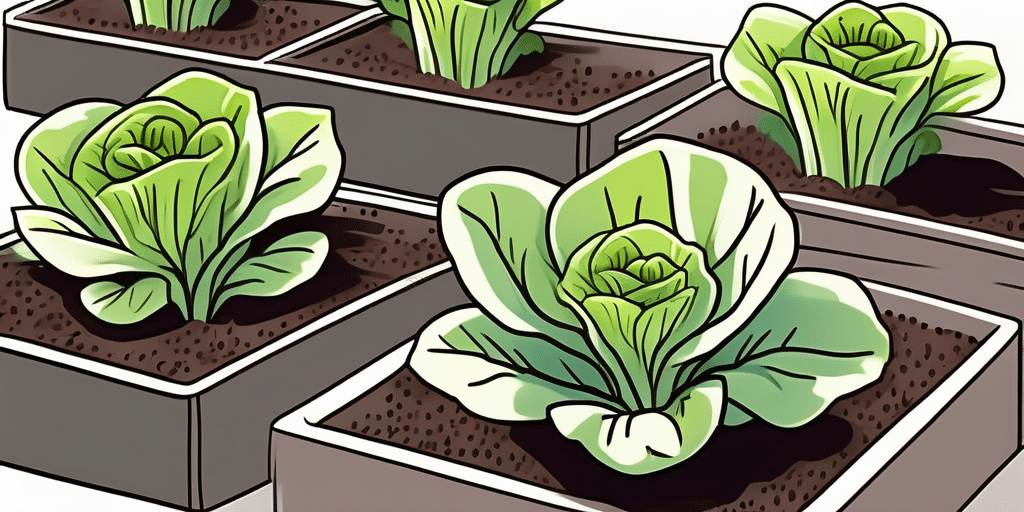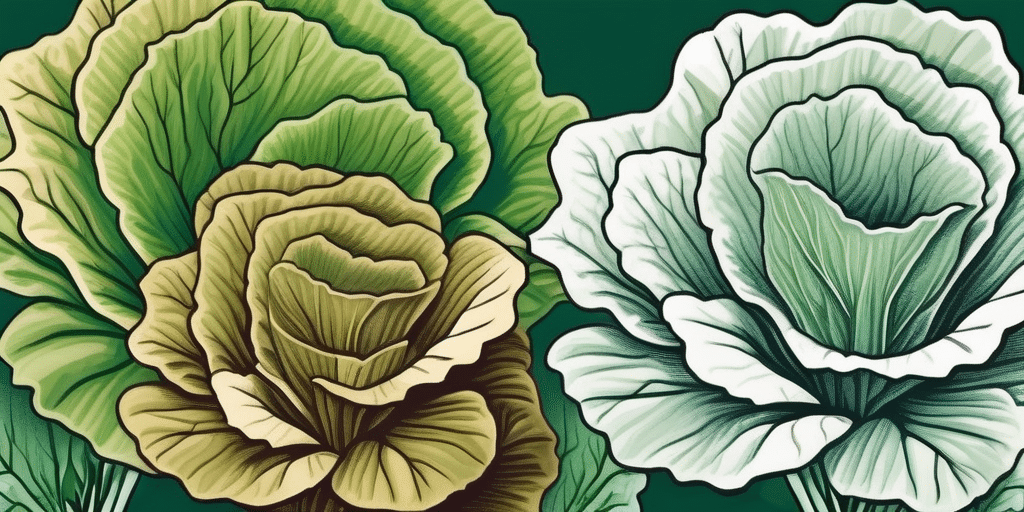Growing your own vegetables can be a rewarding experience. Among the wide variety of vegetables you can grow, green oakleaf lettuce is a popular choice due to its easy cultivation and delicious taste. However, knowing the right time and method to harvest your lettuce is crucial to ensure the best quality and flavor. In this comprehensive guide, we will delve into the specifics of how and when to harvest green oakleaf lettuce.
Understanding Green Oakleaf Lettuce
Before we dive into the harvesting process, it’s important to understand what green oakleaf lettuce is. This type of lettuce, known scientifically as Lactuca sativa, is a leafy vegetable that is part of the Asteraceae family. It is characterized by its loose, oak leaf-shaped leaves that are a vibrant green color.
Green oakleaf lettuce is favored for its tender, sweet flavor and its resistance to bolting, which is when a plant prematurely goes to seed. This makes it an excellent choice for home gardeners. According to the USDA, lettuce is a good source of vitamin A and potassium, making it a healthy addition to any diet.
When to Harvest Green Oakleaf Lettuce
Knowing when to harvest your green oakleaf lettuce is crucial to ensure the best taste and texture. Lettuce is a cool-season crop, meaning it grows best in the cooler temperatures of spring and fall. However, the specific time to harvest can depend on a few factors.
Firstly, the maturity of the lettuce can play a role. Green oakleaf lettuce typically reaches maturity around 45 to 55 days after planting. However, you don’t have to wait until full maturity to harvest. In fact, picking leaves earlier can result in a more tender and sweet flavor.
Secondly, the weather can affect the optimal harvest time. If the weather starts to get too hot, your lettuce may start to bolt, resulting in a bitter taste. Therefore, it’s best to harvest your lettuce before the onset of consistently hot weather.
Lastly, the size of the leaves can also indicate when it’s time to harvest. According to University of Minnesota Extension, leaves should be firm and crisp, and large enough to use, usually around 3 to 6 inches long.
How to Harvest Green Oakleaf Lettuce
Once you’ve determined that it’s time to harvest your lettuce, you’ll want to follow the correct method to ensure you don’t damage the plant or the leaves. Here are step-by-step instructions:
- Choose a cool part of the day, such as early morning, to harvest your lettuce. This is when the leaves are most crisp and full of moisture.
- Use a sharp knife or scissors to cut the leaves. Avoid tearing them with your hands as this can damage the plant.
- Cut the outer leaves first, leaving the inner leaves to continue growing. This method, known as “cut-and-come-again,” allows you to harvest from the same plant multiple times.
- Be gentle when handling the leaves to avoid bruising them.
- After harvesting, rinse the leaves in cool water to remove any dirt or insects. Pat them dry or use a salad spinner to remove excess water.
By following these steps, you can ensure a successful harvest of your green oakleaf lettuce.
Storing and Using Harvested Lettuce
After you’ve harvested your lettuce, proper storage is key to maintaining its freshness. Here are some tips for storing your green oakleaf lettuce:
- Store the lettuce in the refrigerator. The cool temperature helps to keep the leaves crisp.
- Place the lettuce in a plastic bag or container. Add a few paper towels to absorb excess moisture and prevent the leaves from becoming soggy.
- Don’t wash the lettuce until you’re ready to use it. Washing it before storage can lead to premature wilting.
Green oakleaf lettuce can be used in a variety of dishes. It’s great in salads, sandwiches, and wraps, or as a garnish for dishes. Its tender, sweet flavor pairs well with a variety of dressings and toppings.
Conclusion
Harvesting your own green oakleaf lettuce can be a rewarding experience. By understanding when and how to harvest, you can ensure the best quality and flavor from your homegrown lettuce. So, whether you’re a seasoned gardener or a beginner, why not give growing and harvesting green oakleaf lettuce a try?
Remember, the key to a successful harvest is timing and technique. With a little practice and patience, you’ll be enjoying your own delicious, homegrown lettuce in no time.
Join Our Gardening Community
Ready to take your green thumb to the next level? Subscribe for free to How to Grow Everything and turn your gardening dreams into reality. Receive tailored advice that matches your location, grow zone, and experience, along with the best gardening tips and special offers delivered straight to your inbox. Join our family of garden enthusiasts and start building the garden you’ve always wanted—100% free. Happy gardening!

